Automation of
ADAS Testing
VEHICO has the right solution
The assistance systems in modern vehicles are getting increasingly complex and require a large number of vehicle tests.
The VEHICO dynamic control systems CO.Drive and CO.Sync offer in conjunction with the VEHICO driving robots the possibility to automate ADAS testing.
Test Equipment
The VEHICO driving robots CS-B20 and F A200 B1000 as well as the VEHICO vehicle dynamics control systems CO.Drive and CO.Sync are the ideal basic equipment for conducting ADAS tests and can be installed in almost any commercially available test vehicle in a very short time. Depending on the type of experiment, a GPS system is also used.
By mounting our steering machine behind the vehicle steering wheel, it is not necessary to remove it for installation. Since the entire space in front of the steering wheel remains free, the safety-critical area between the steering wheel and the driver is not affected, nor is the driver's operation of the vehicle. The original steering wheel remains untouched, so that no complex steering wheel adapter production is necessary and the vehicle electronics located in the steering wheel also remain unaffected.
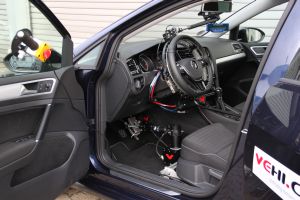
ADAS Test
The driver assistance systems in the vehicles are summarised under the term "Advanced Driver Driver Assistance Systems" (ADAS).
Examples are:
- Lane Keeping Assist
- active cruise control
- Forward Collision Warning
- automatic emergency brake assistant
- Blind Spot Detection
- cut-in-/cut-out-scenarios
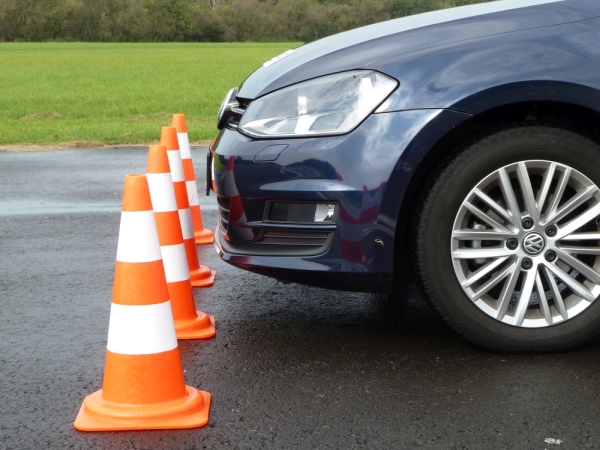
Test Description
The great challenge in the development of these systems is to take into account the multitude of possible traffic scenarios. Extensive tests with real vehicles or vehicle dummies are still indispensable instruments in the development and design of driver assistance systems.
Most systems are intended to support the driver in critical driving situations. This driving condition, which is usually dangerous for the test vehicle and its occupants, must also be produced reproducibly under test conditions in order to obtain the most meaningful test data possible.
As the driver assistance systems (ADAS) also include other road users, a testing scenario consists of at least 2 vehicles. For testing both vehicles have to take defined driving conditions (eg speed, deceleration, cornering, etc.) and in addition both have to comply with certain relative positions or distances to each other.
Such complex test scenarios can be realized only with driving robots in a reproducible manner. Especially from the point of safety, many of the test cases can not be performed with human test drivers.
Test Procedure
Through quick installation of our driving robots an ADAS test vehicle can be upgraded in a short time to an automatically driving test vehicle. The connection of a wide variety of sensors is also easily possible via our freely configurable CAN interface. Depending on the type of test our customers use systems from GeneSys, OxTS, Racelogic, iMAR or similar. Any other sensor may also be used, provided that it has a CAN interface.
With our distributed system architecture the user has full flexibility to program each actuator (steering robot, brake robot, gas robot, etc.) individually. Each system can trigger another system or can be triggered by a different system. External signals or CAN signals can be used for triggering too. This allows to easily configure and implement even the most complex tests.
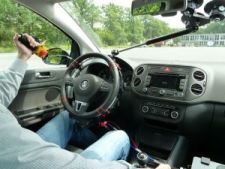

Test Equipment
Required Components
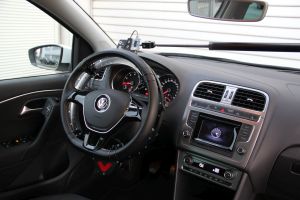
Steering Robot
Our entire range of steering robots can be used in conjunction with the software option CO.Drive or CO.Sync.
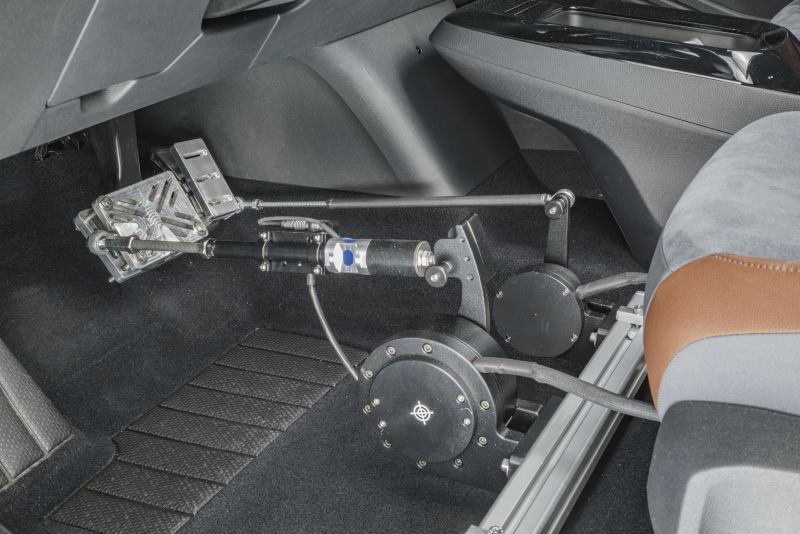
Pedal Robot Flex Series
The flex series pedal robots with accelerator and brake robots can be used in conjunction with our driving dynamics control systems.
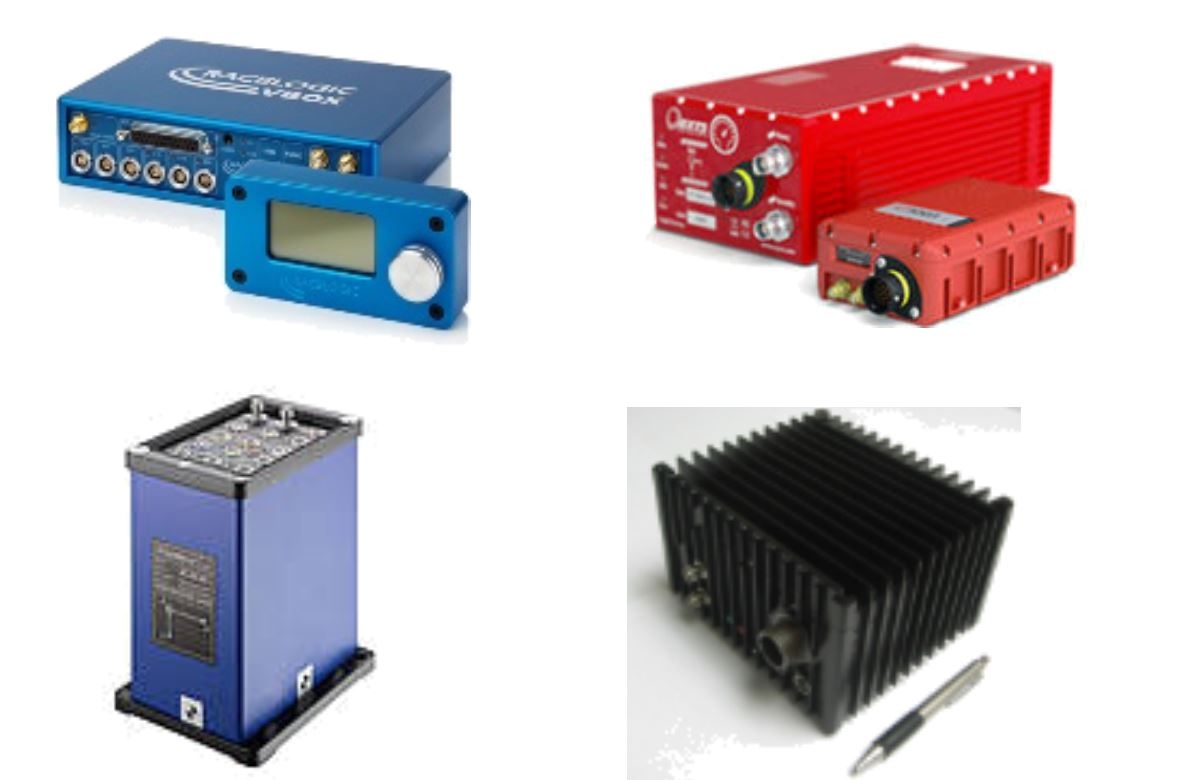
Location Sensors
Regardless of whether location sensor technology from GeneSys, OxTS, Racelogic or iMAR is available, any GNSS sensor equipped with an IMU (Inertial Measurement Unit) can be used.
ADAS Testing
Advantage of the VEHICO ADAS test system
Tests with dangerous driving situations can be realised without a driver
Driving robot has higher accuracy and reproducibility than human driver
Fewer test runs are needed due to higher quality test data
Contact
Contact us
Do you have further questions or need more information?
We will be pleased to help you.
Contact us or one of our Salespartner.
Phone
+49 531 20835 110
